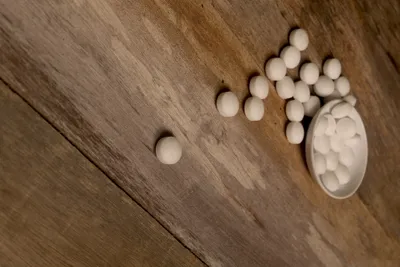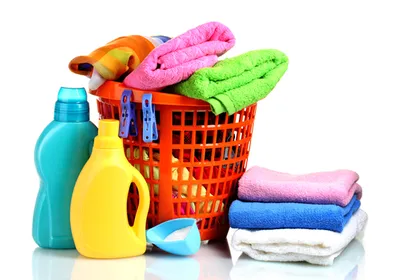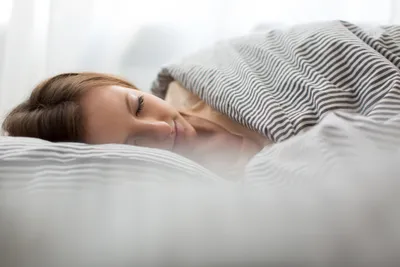Whether they list warnings on the label or not, some common household products may be doing harm to the health of you and your family. They may seem safe on the surface, but these items may be posing short-term or long-term health risks.
While many of these products are designed to make your life easier, they may be impacting your life—and not in a positive way. Let’s take a closer look at six items you should consider doing away with for the good of your well-being…
1. Mothballs
These stinky little moth repellents that people use to keep their clothing intact are apparently bad for you, according to HowStuffWorks.com. “As they convert from a solid to a gas, you do not want to inhale too much of it,” notes the source.
The Environmental Protection Agency apparently requires manufacturers of mothballs to put warnings on packaging to avoid breathing in the vapors, adds the site. “If you must use mothballs, put them in a sealed container in an area with separate ventilation from the rest of your house,” it advises. Two potentially harmful substances to look for in these products include paradichlorobenzene (linked to cancer in animals) and naphthalene (which has been shown to destroy red blood cells).
2. Pressed/Composite Wood
Many tables made in the 60’s and 70’s are made from wood fibers held together with resin, and it’s the resin that can actually be harmful. These can be kitchen tables or coffee tables and have a nice shine on the surface, but they can also be a source of formaldehyde emissions.
Luckily, late in 2016 the Environmental Protection Agency published final rules surrounding wood products whether made in the U.S. or imported, to ensure they comply with standards (the original law on formaldehyde standards was signed into law by the federal government in 2013). The Centers for Disease Control and Prevention (CDC) say some people “are more sensitive than others” when it comes to formaldehyde exposure, and it can cause sore throats, coughs and nosebleeds.
3. Air Fresheners
We spray them without thought indoors to get rid of those gym sneaker smells like in the commercials, but we may be spraying more than just scents into the air, according to a 2015 article from the Daily Mail UK.
Although these various perfumed products can be effective for “boosting our morale and instantly making our homes feel fresh, clean, relaxing or invigorating,” some of them may also contain industrial chemicals that can “transform the structure of our DNA,” according to the source. The source also warns of a link to tumors, lung damage and asthma. Scented candles were also lumped into the mix.
4. Laundry Detergent
Sure, we pour this all over our clothing in the washing machine, but if you happened to accidentally eat some of it (or your toddler gets at it, which is more likely), it can cause “nausea, vomiting, shock, convulsions, and coma,” according to MyClevelandClinic.org. It’s important to point out the clinic refers to “cationic” detergents as being the most dangerous (if you’re not sure, you might want to do some online searching about the detergent you’re using).
Meanwhile, bleach is another item you’d find in the laundry room that can be very harmful—from breathing irritation to burns on your skin. Mixing bleach and ammonia (present in many cleaning products) together can produce a potentially deadly chlorine gas.
5. Non-Stick Cookware
There’s nothing worse than trying to scrape what you just cooked from pots and pans…wait, there is something worse – cancer. According to HouseBeautiful.com, these slippery-coated cooking wares contain Polytetrafluoroethylene (when it’s that many syllables, you probably already know it’s not good). However, Teflon is how it’s more commonly known.
The substance that comprises the coatings “releases gases when heated,” according to the source, and these emissions have been linked to increased risk of cancer and other health problems. However, it’s important to note that other sources say the fumes from these pans are only released at very high temperatures, and that research into a human cancer link is still ongoing (tumors in lab animals have been linked to Perfluorooctanoic acid, another substance used in Teflon, according to the Cancer Council).
6. Mattresses
We’re not trying to make you lose any sleep at night, but some mattresses contain harmful compounds known as Polybrominated diphenyl ethers (PBDEs). These substances can lead to “ brain and reproductive damage, decreased sperm quality and thyroid problems,” according to LifeHack.org.
The good news is that PBDEs have been banned in several states, but that doesn’t mean your mattress doesn’t contain them (especially if it has some years on it). If you’re in the market for a new mattress, make sure it doesn’t contain these sneaky substances, which are added as a flame retardant.









